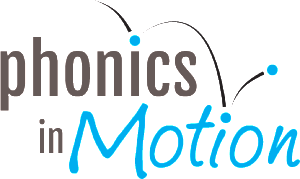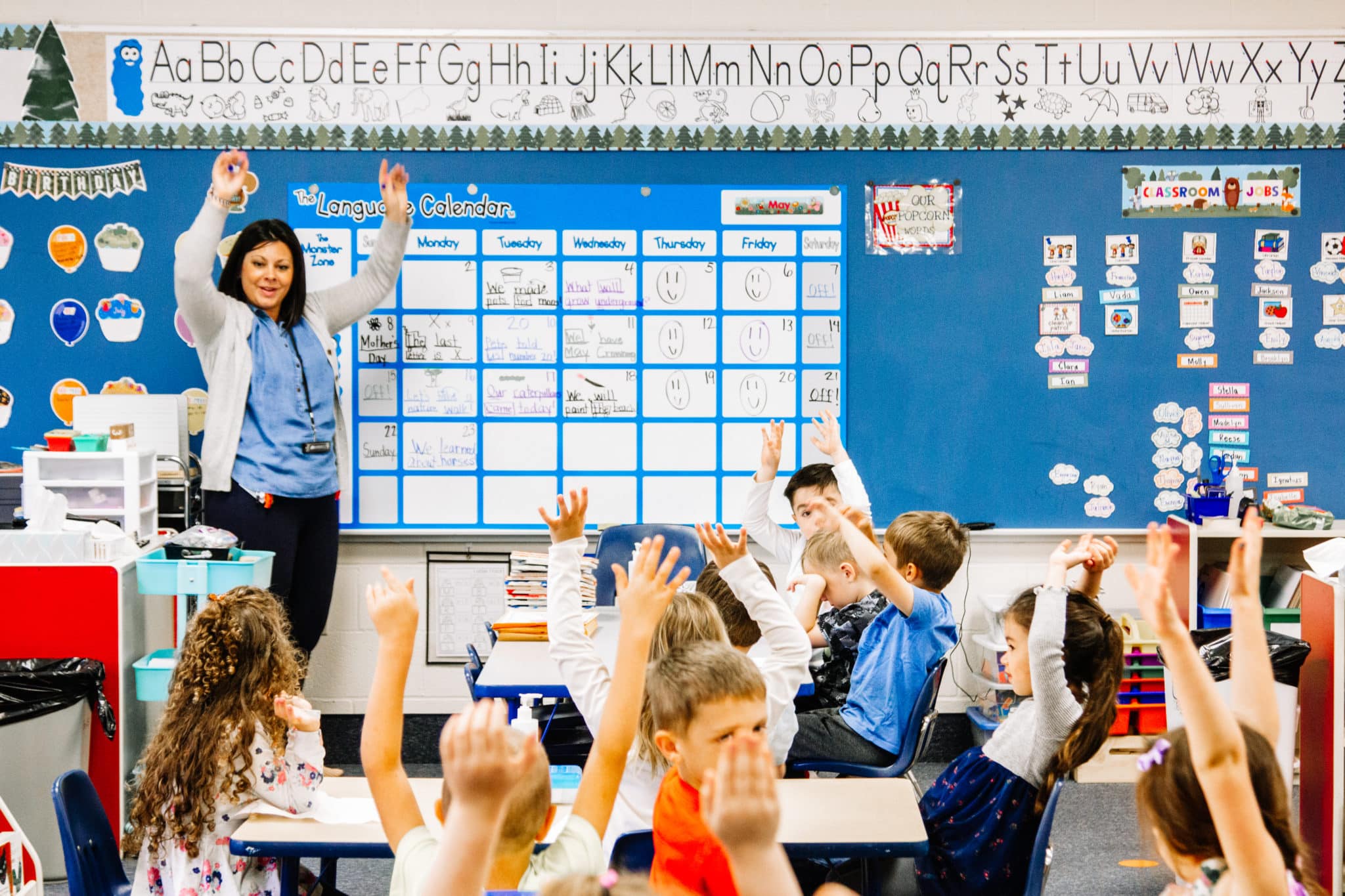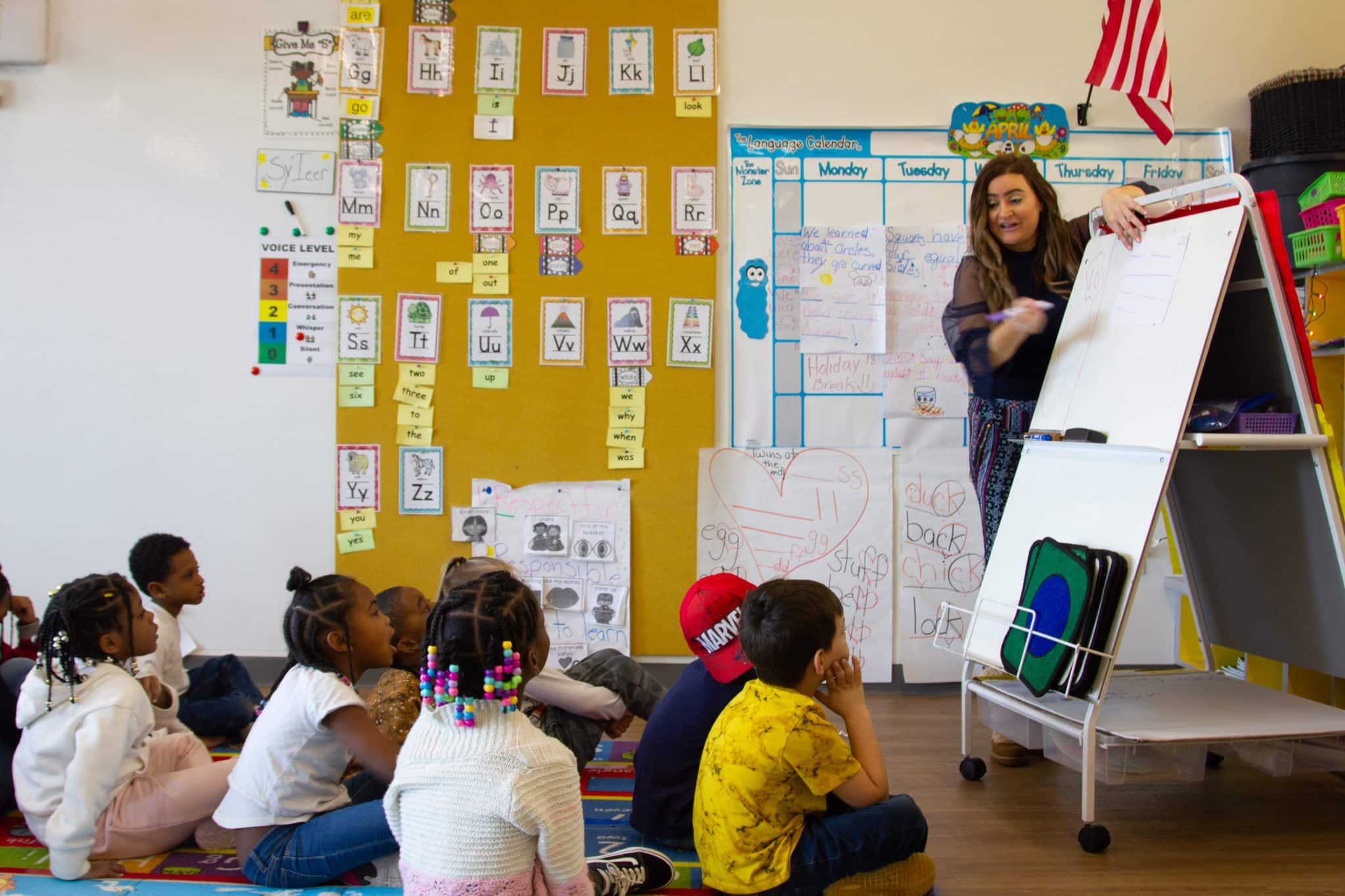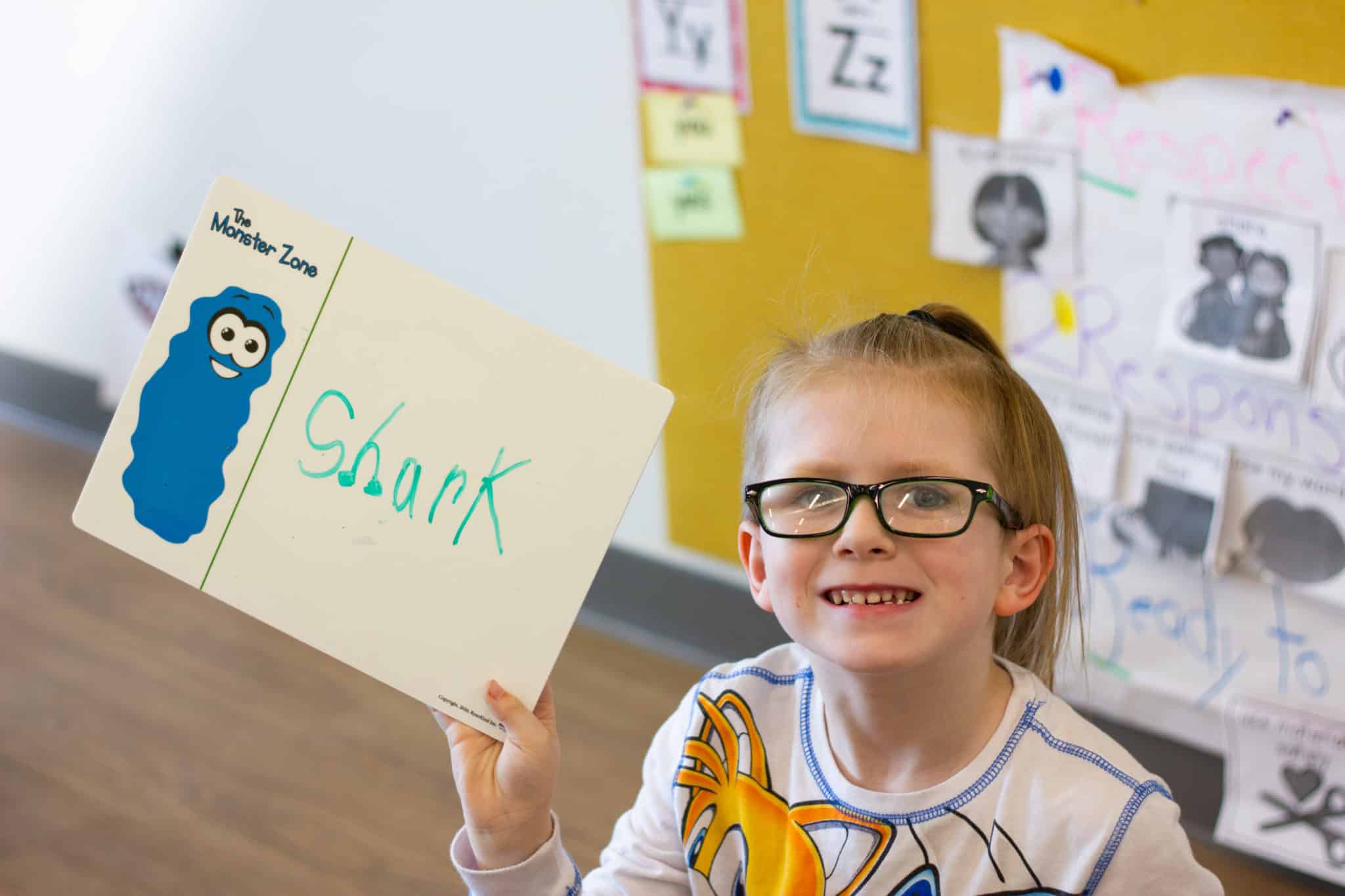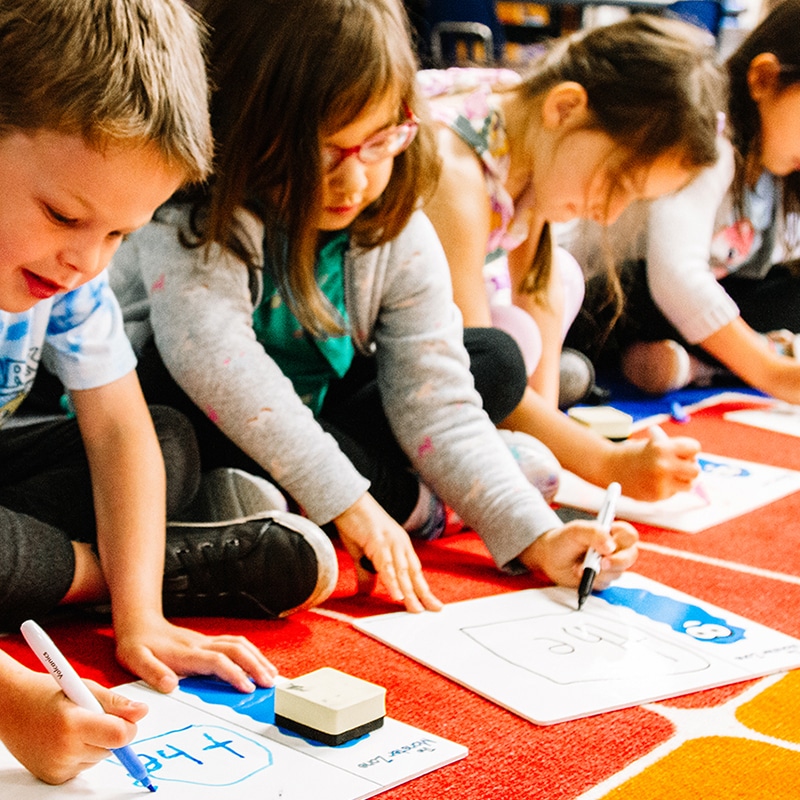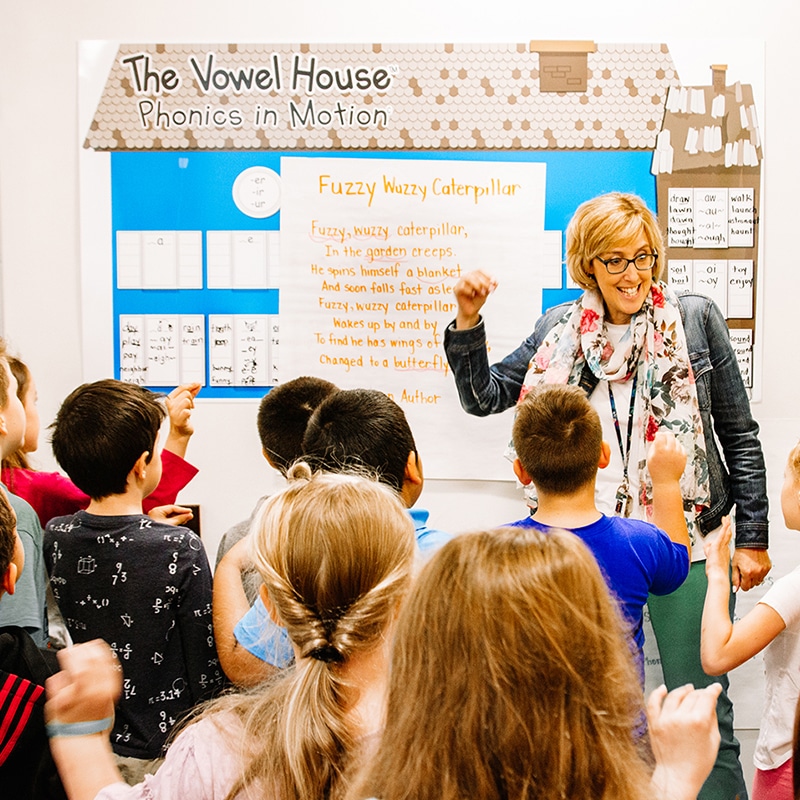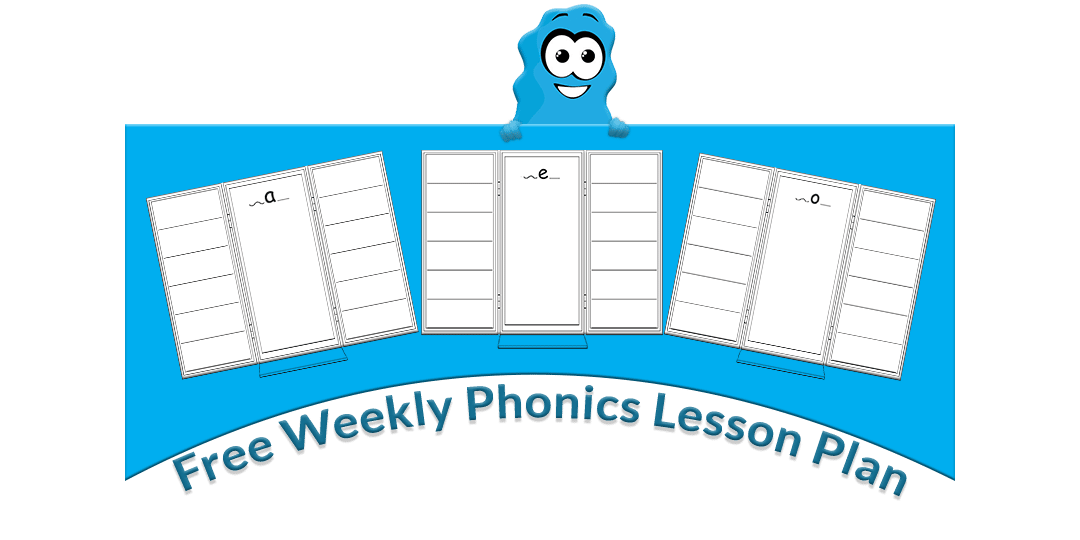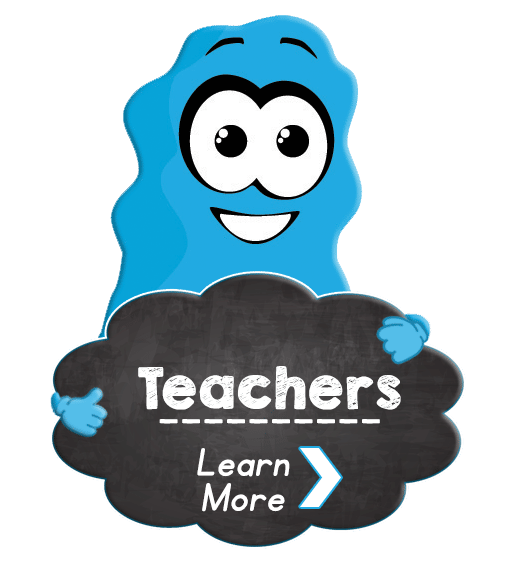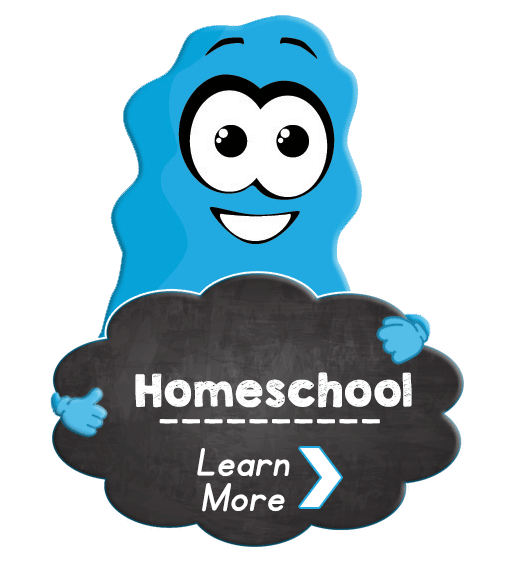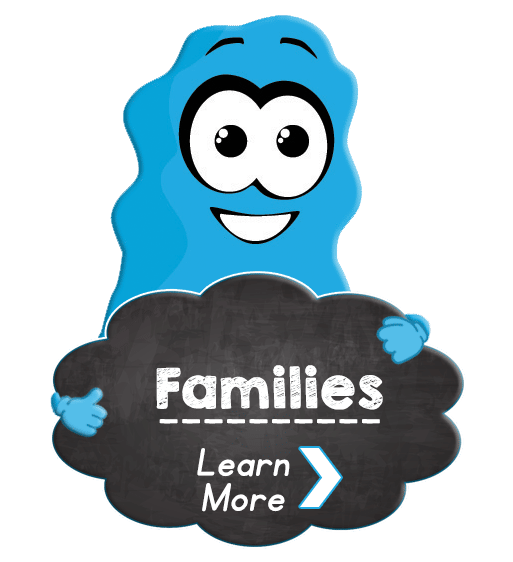Phonemic Awareness vs Phonics: The Breakdown
Phonemic awareness vs phonics is sometimes confusing for people just starting to teach reading and writing skills.
Both phonics and phonemic awareness are important parts of learning how to read. However, they are different aspects of reading instruction, so it is essential to distinguish them from one another.
Phonemic awareness is the breakdown of the 44 sounds we make in the English language. Phonics is the direct link between phonemes and the 26 letters of the alphabet.
Are Phonics and Phonemic Awareness The Same?
Phonics and phonemic awareness are sometimes used interchangeably in discussions about reading instruction, but they are different concepts.
Phonics instruction focuses on letter-sound relationships and on blending sounds into words. Phonemic awareness involves being able to hear and manipulate individual speech sounds (phonemes).
Learning how to read can be tricky because there are so many things that make up a word: sound (phonetic), spelling (orthographic), meaning (semantic), and context (pragmatic). The process of learning how to read begins with learning how these four components work together in English words.
What Is Phonemic Awareness?
Phonemic awareness is the ability to hear and manipulate individual sounds in words. It is a critical building block for learning to read.
Phonemic awareness is important for children because it helps them learn how to use the sounds of letters and letter combinations to decode new words. Children with poor phonemic awareness skills will find it difficult to learn how to read as easily as their peers with better phonemic awareness skills.
Students who are able to access all of the sounds in spoken language can recognize the relationship between letters and their corresponding sounds, which is essential for decoding unfamiliar words. Students who lack phonemic awareness may have difficulty recognizing letters and letter combinations as representing phonemes (sounds), which can lead to difficulty with word recognition, spelling and reading comprehension.
What Is Phonics?
Phonics is the study of how letters and sounds work together to form words. It’s a way of teaching children to read, write and spell.
Phonics is based on the idea that words are made up of individual sounds (phonemes) and that these sounds can be represented by letters of the alphabet. For example, the word “cat” is made up of three sounds: c-a-t. Each sound is represented by a letter: c = /k/, a = /æ/, and t = /t/.
This process helps children learn to recognize these phonemes and associate them with the letters they represent. Once children have learned to recognize the patterns in words, they can start to read simple sentences without any help from adults.
Teaching Phonemic Awareness vs Phonics In The Classroom
When we teach reading to kindergarteners, it is important to make connections between phonics and phonemic awareness. We often think of phonics as the mechanics of reading, but they are only one part of the puzzle.
While some people think of these two skills as being different from one another, they aren’t actually mutually exclusive. Children need both skills in order to read effectively — so teaching them separately doesn’t make sense.
The reality is that children need instruction in both areas as part of their early literacy development and learning how to read independently.
It’s important for early reading because it helps children learn how they can change individual sounds in words to make new ones. This helps them learn about spelling and word structure, which then helps them learn how to sound out words when they read.
Unfortunately, it is common in many literacy programs to teach these skills separately. This results in missed opportunities for kids to make connections and slower learning progression.
Phonemic Awareness vs Phonics: How Phonics in Motion Makes Connections For Kids
Phonics in Motion teaches phonemic awareness and phonics in a unique way. By focusing on multisensory instruction, teachers and parents can help kids make important connections between all pillars of early literacy.
Since Phonics in Motion is based on making important connections between all five pillars of literacy, each individual routine in the program leads into the other, creating a seamless transition between reading and writing skills.
Routine #1: Kinesthetic Motions for the Phonemes
By using Kinesthetic Motions for the Phonemes (KMPs), kids are able to make brain-body connections, helping them quickly understand the 44 phonemes in the English language. Since KMPs help kids feel the tension of a sound, teachers and parents can get real-time information, and kids can easily self-correct.
Since KMPs match the articulation of the sound, children can feel in their bodies when they have made the correct sound, enabling them to scaffold and master this skill quickly.
KMPs are also designed to help students develop decoding and encoding skills, which helps build the connection between phonemic awareness and phonics.
Routine #2. The Reading & Writing Monster
The Reading & Writing Monster is a fun routine that teaches kids how to connect phonemic awareness and phonics. The Reading & Writing Monster always stays on the left-hand side of the page and is built into silly, interactive handwriting stories that teach letter directionality, stroking, and letter formation.
The handwriting stories are a foundational part of the Phonics in Motion program and really lay the groundwork for matching speech to print.
Routine #3: The Language Calendar
The Language Calendar (LC) is truly where the magic happens when it comes to integrating all pillars of early literacy. This gives the teacher or parent the opportunity to model daily language, and it becomes an educational artifact.
By modeling language, kids begin to understand the relation between the sounds they hear and the letters they see on the Language Calendar. This helps them develop vocabulary, comprehension, and fluency alongside of phonemic awareness and phonics skills.
Routine #4: The Vowel House
The Vowel House routine is where kids focus on learning spelling patterns and alternate spelling patterns. Once kids have established that sounds connect with letters, their next task is to understand that the same sounds can be spelled differently.
In the Vowel House, students assign each sound to a “window”. In each window, possible spelling patterns are listed. This really helps kids zero in on the possible options, reduces decision fatigue, and stops frustration in its tracks.
